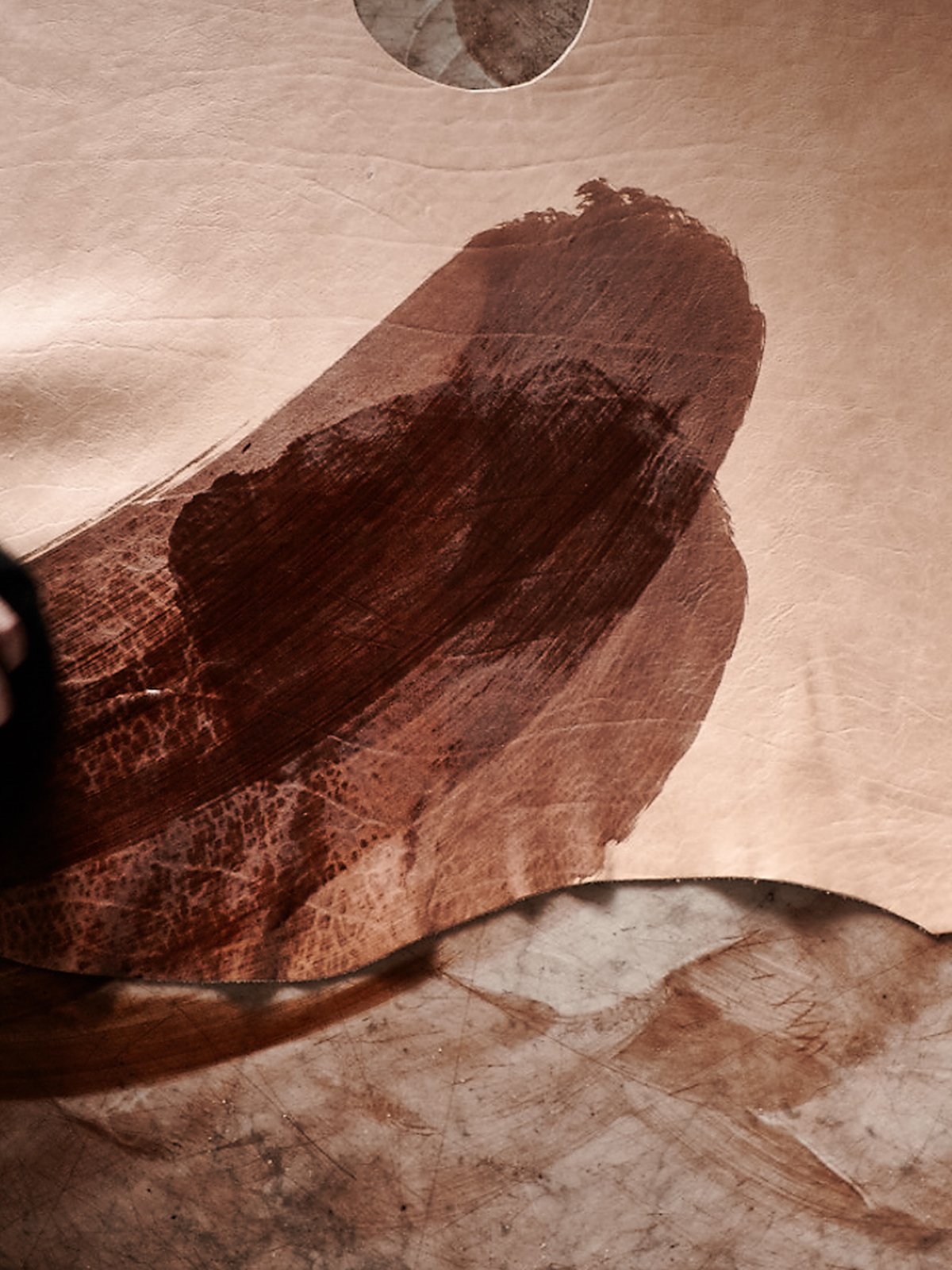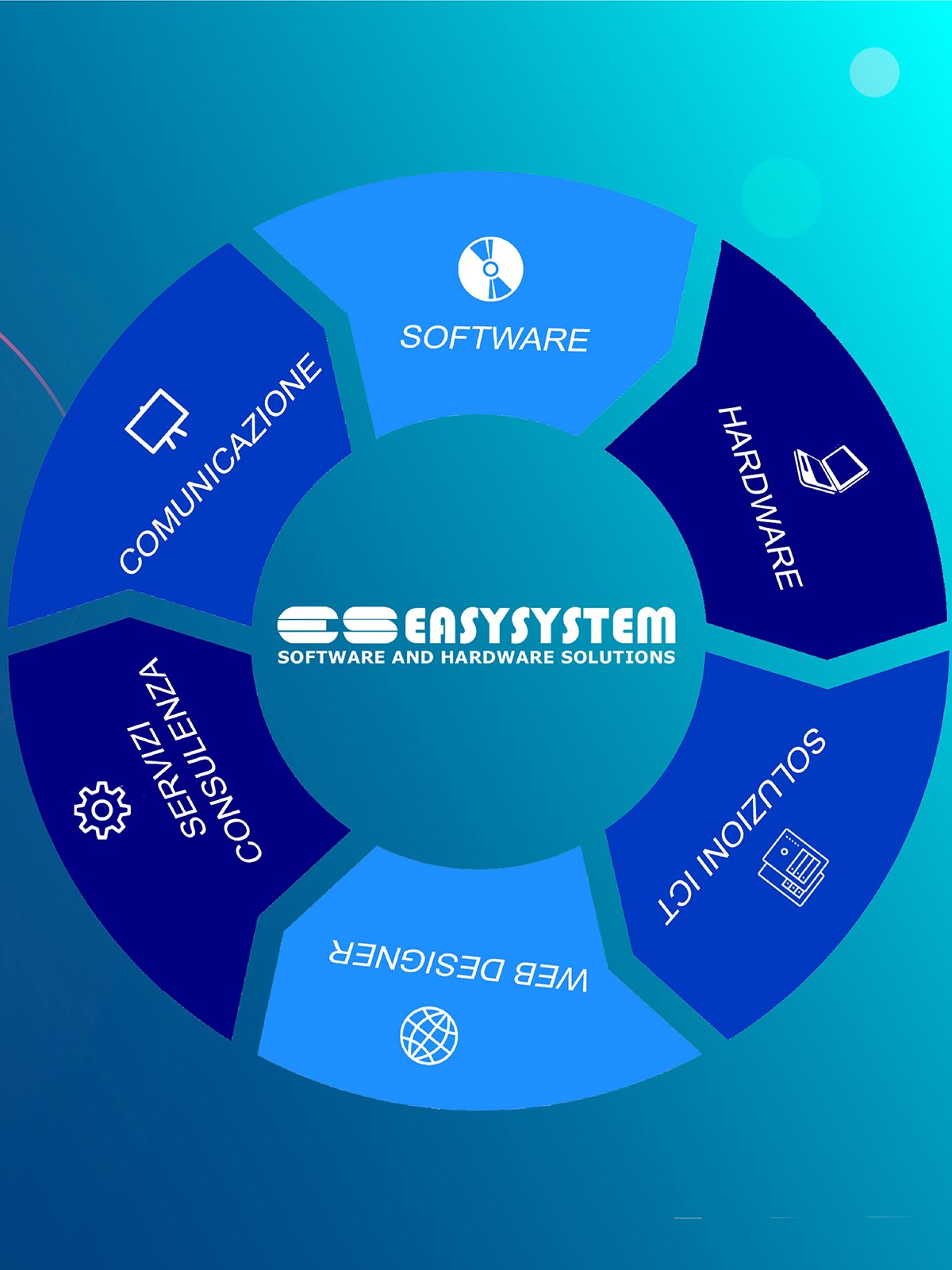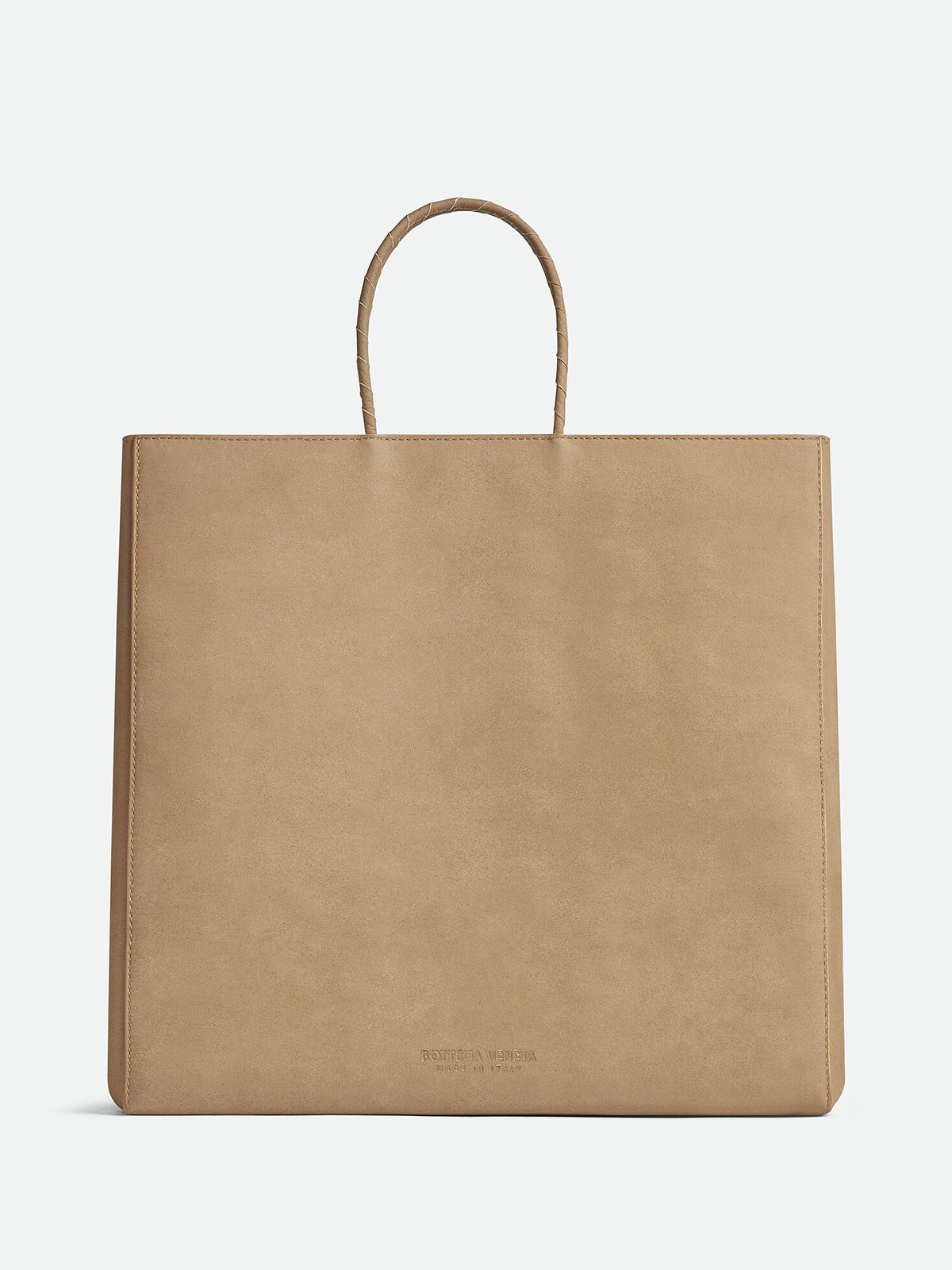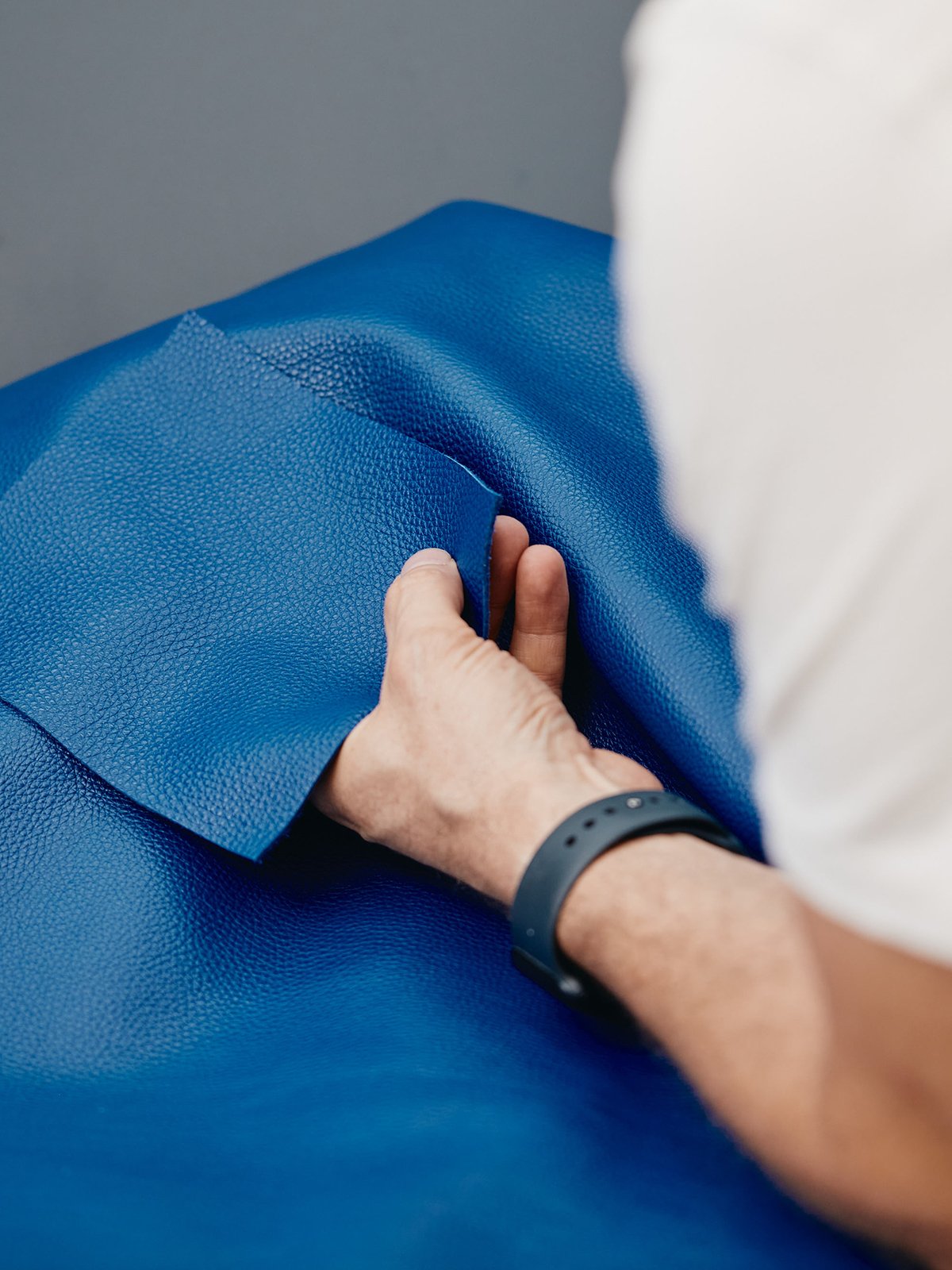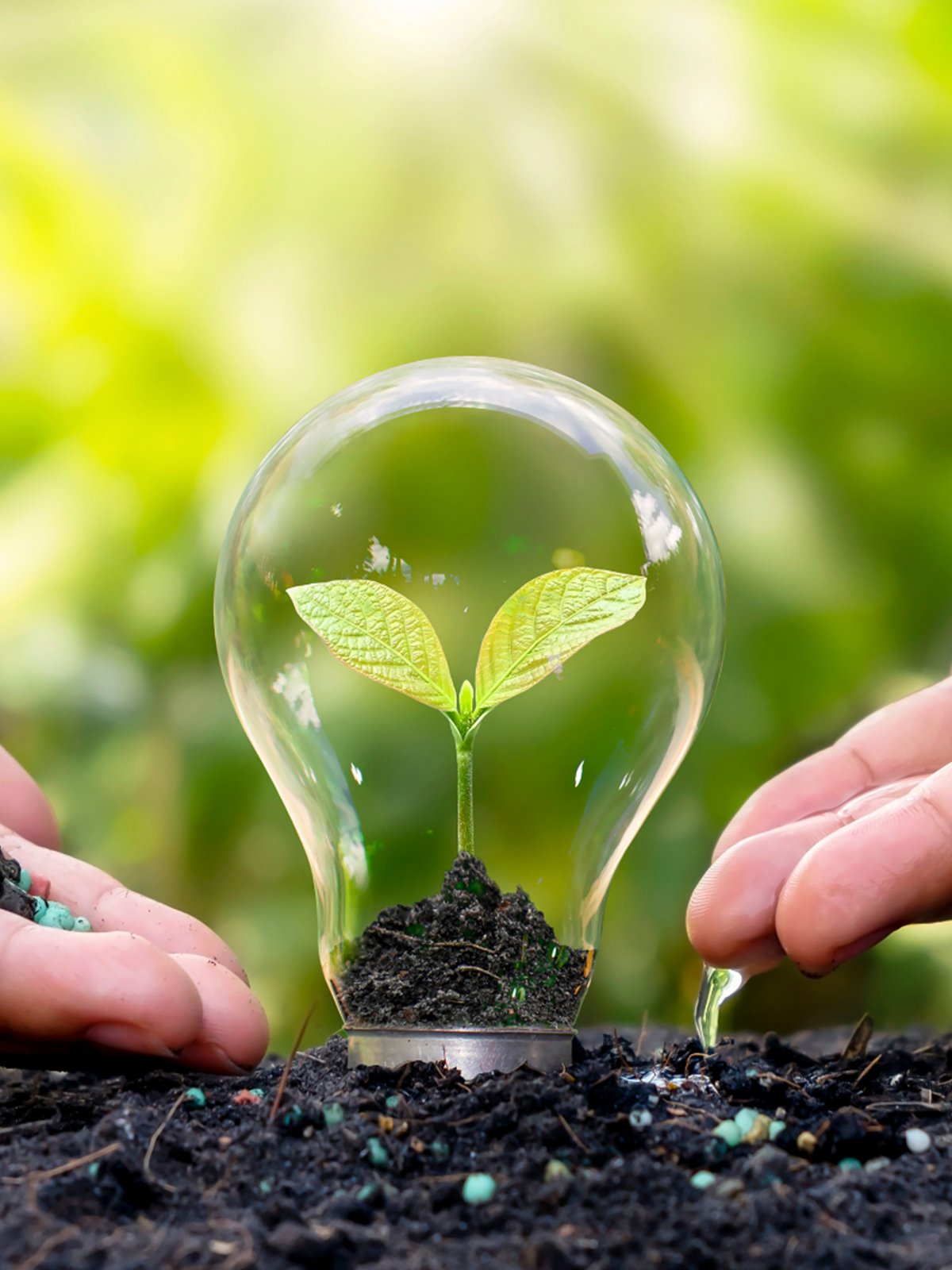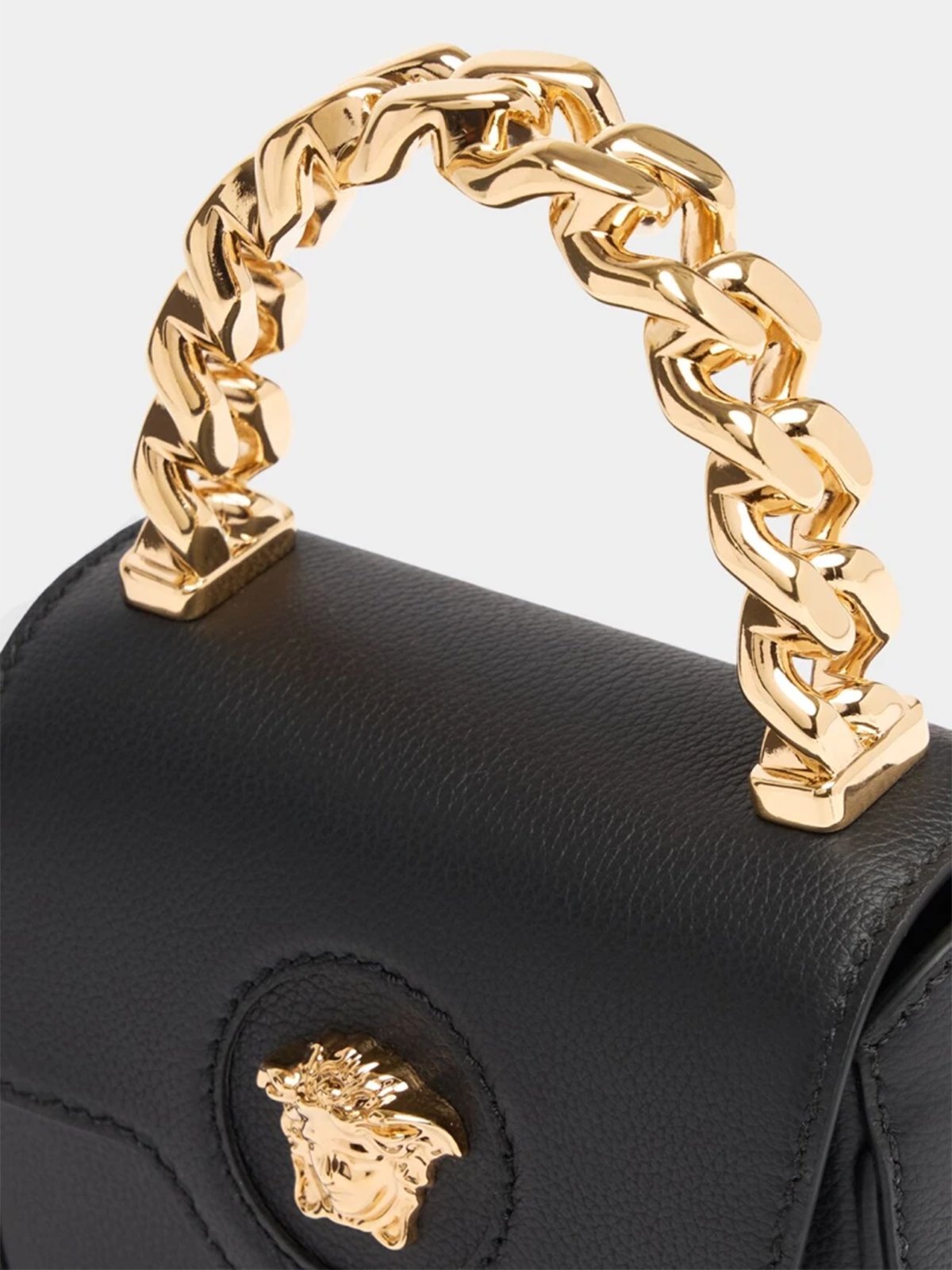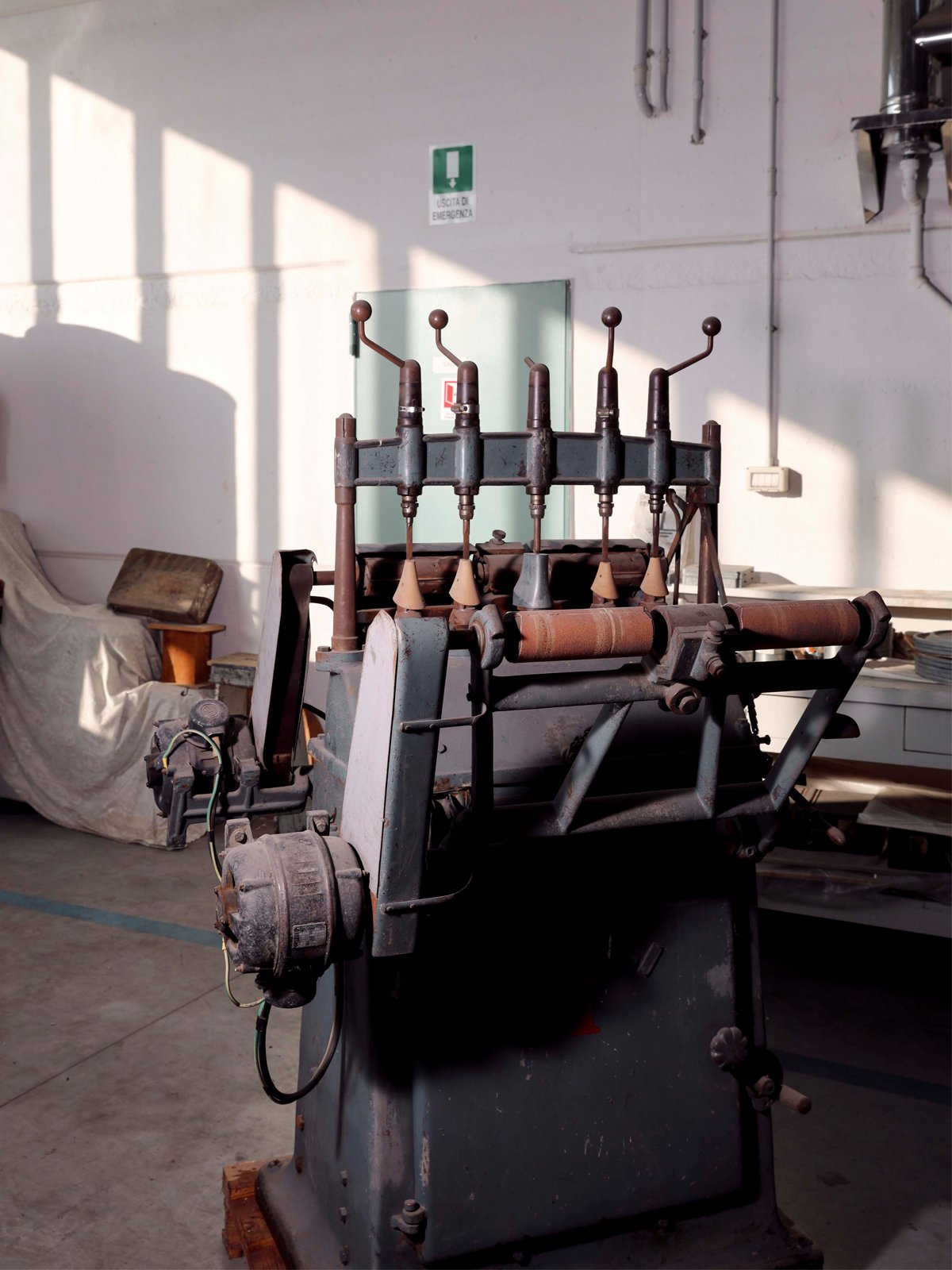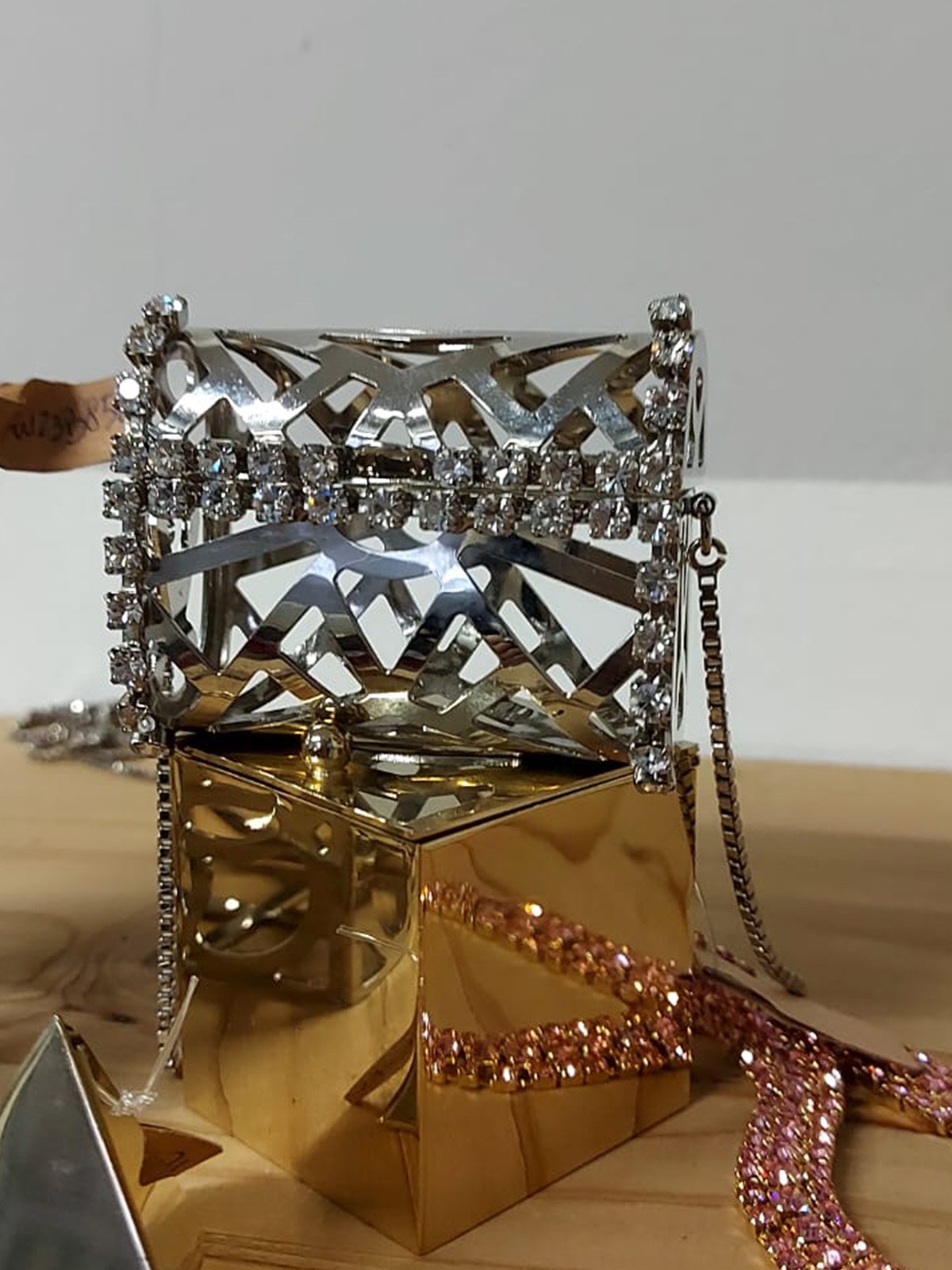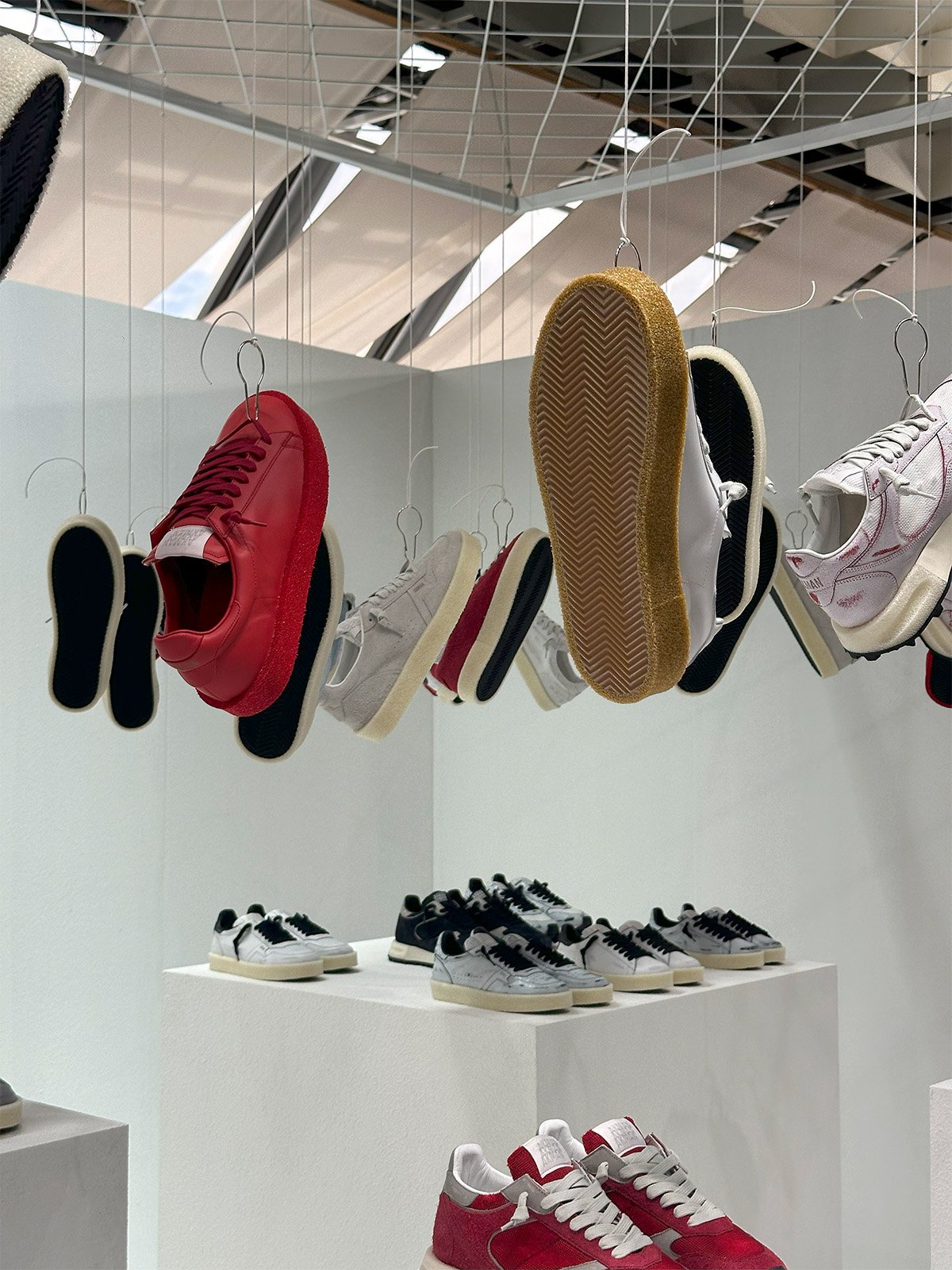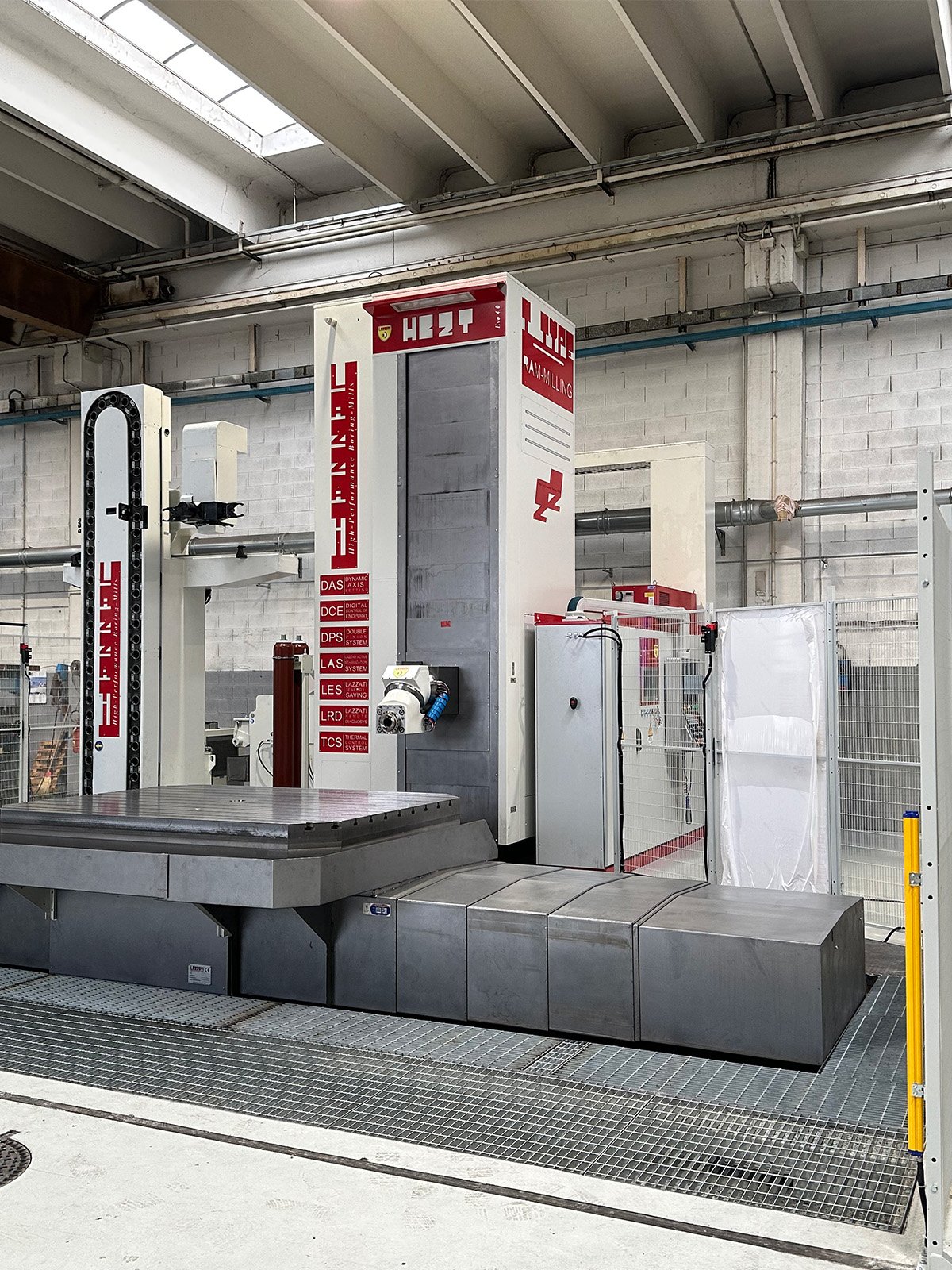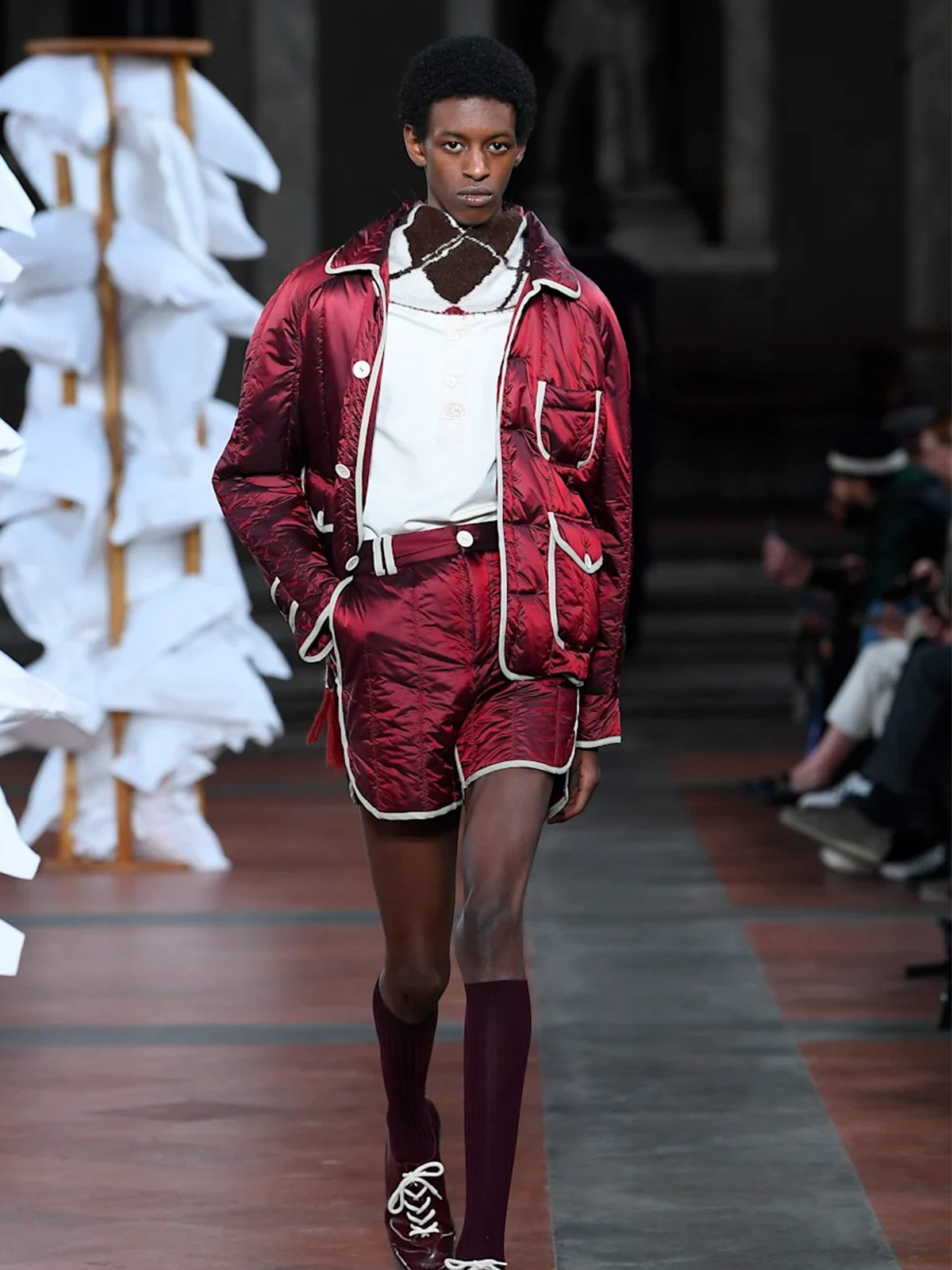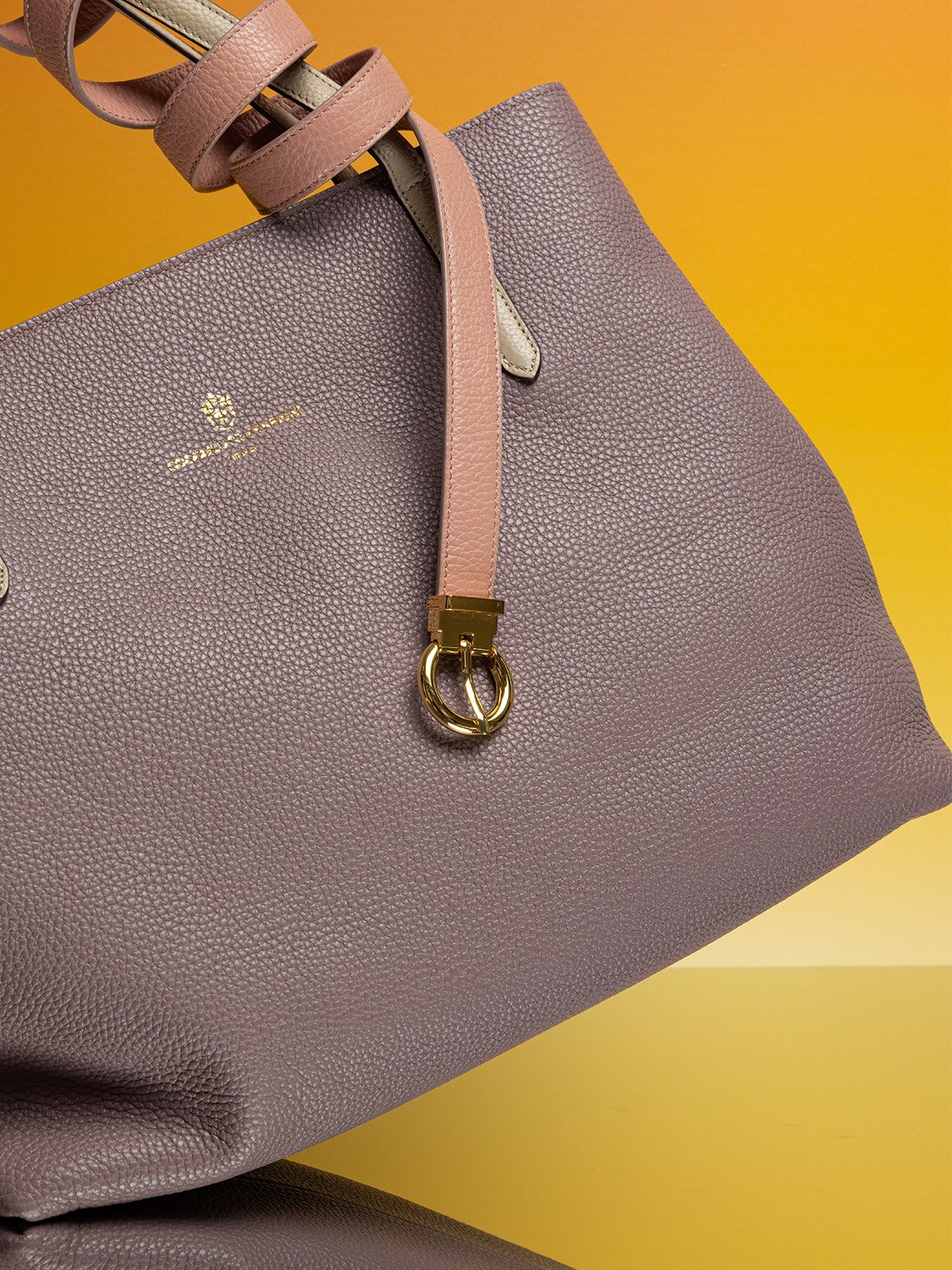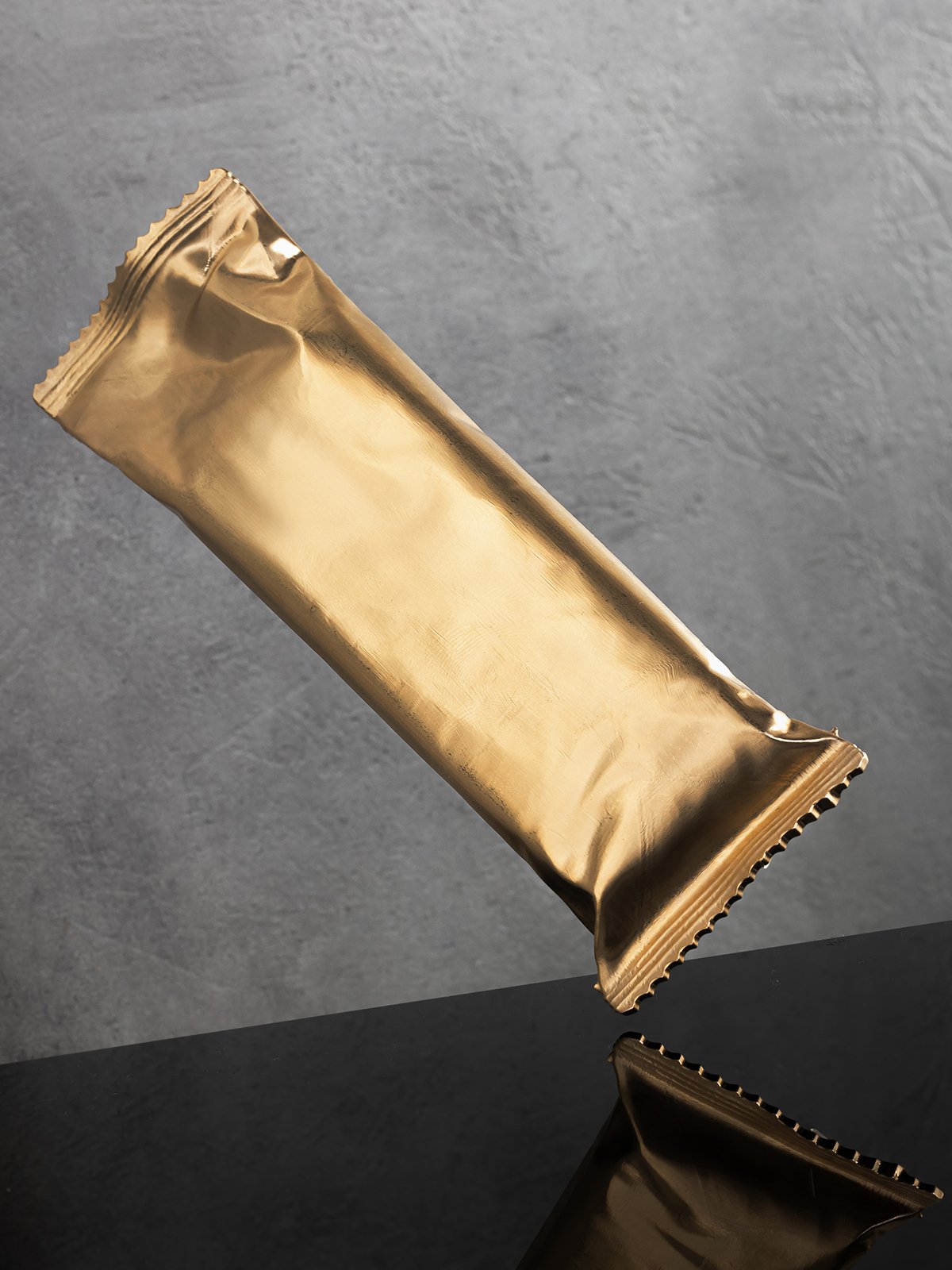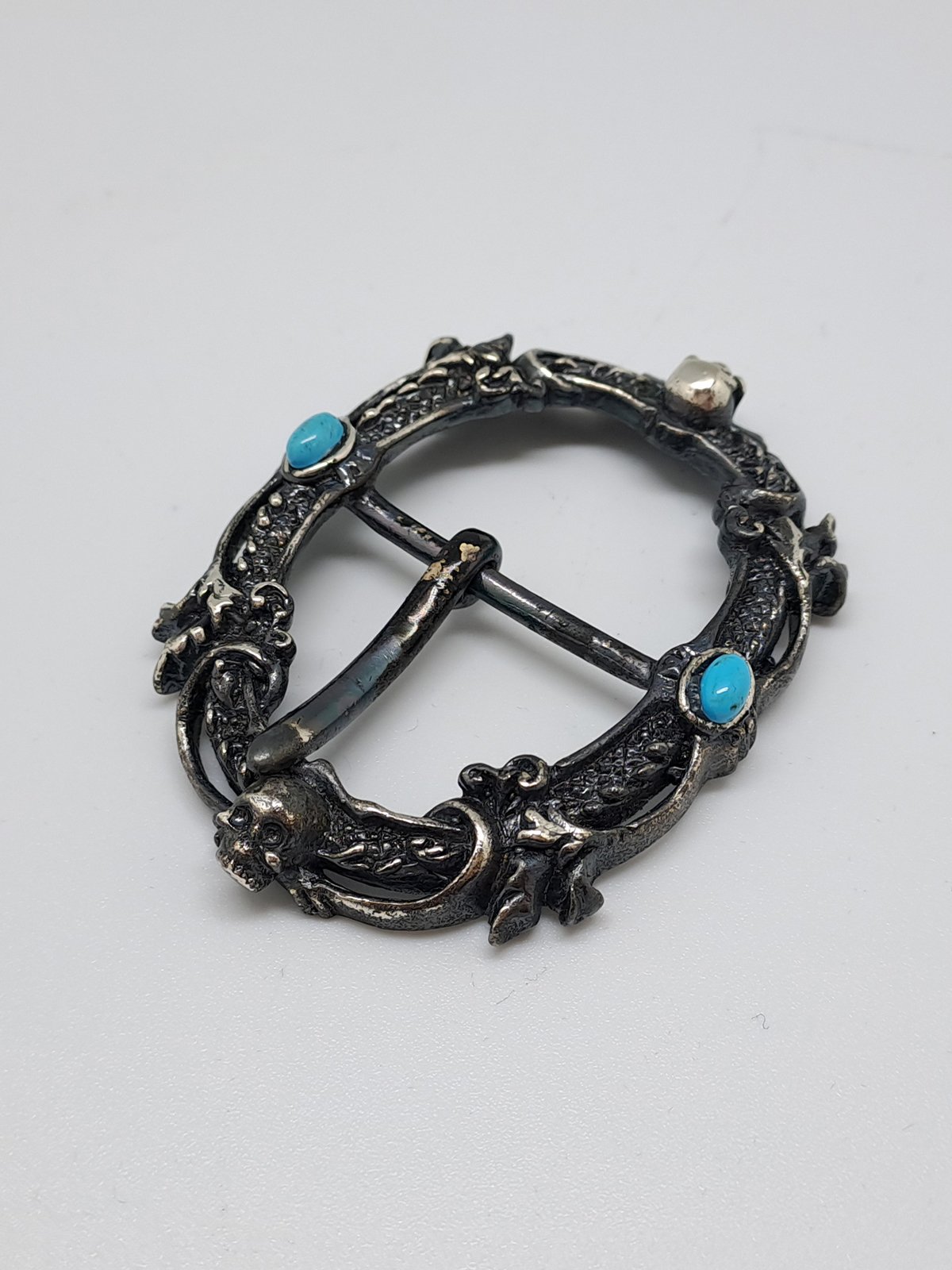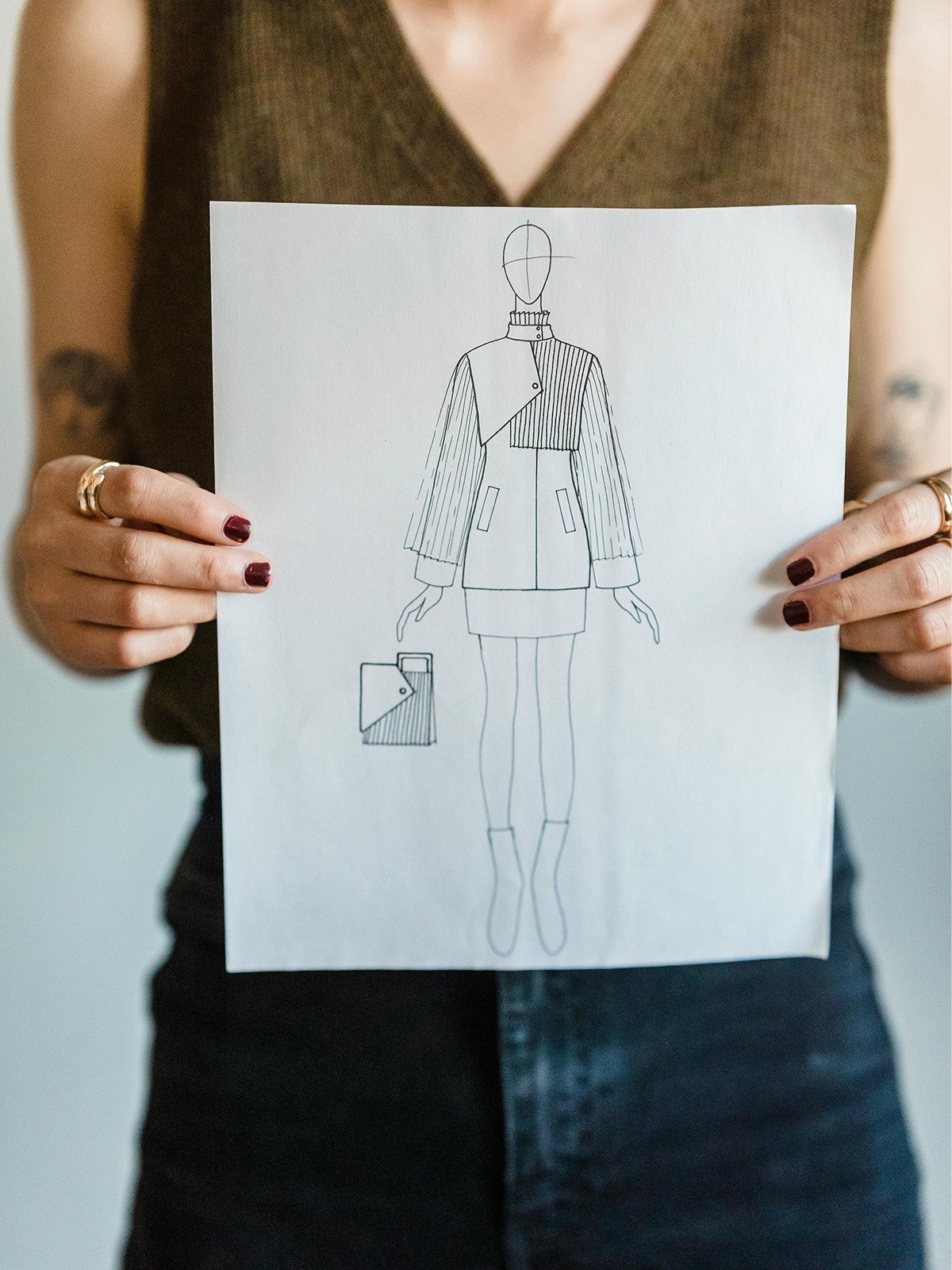News
How do you design and produce sustainable sneakers?

Fashion eco-design: what it is and what principles it is based on
Eco-design is a circular economy model that involves the entire process of conceiving, designing, selling and disposing of a product. It is based on the choice of eco-sustainable, biodegradable or recyclable materials and focuses on the quality and durability of the item, thus contributing to waste reduction. Products should contain a minimum diversity of materials to make it as easy as possible to disassemble and recycle. Finally, eco-design favors manufacturing processes that make use of renewable and clean energy or limit energy consumption.
On April 23, the European Parliament approved the Ecodesign Regulation (ESPR), which amends Directive 2009/125/EC on the eco-design of products, expanding the product categories to which it will apply. The regulation will introduce eco-design requirements and minimum standards on durability, reparability, energy efficiency and recycling of goods starting in 2026, with a horizon to 2030. It will also facilitate the tracking of problematic substances along the supply chain through the use of a digital product passport as a transparency and traceability tool.
Sneark, the biodegradable shoe that goes from nature back to nature
How is an eco-design item conceived and designed? We asked Lello Romano, a designer, creative and architect, who has always been passionate about shoes, who conceived the eco-sustainable brand Sneark, the sneakers that from nature returns to nature.
"This project was born from a dream: I wanted to show that it is possible to produce quality and comfortable sports shoes, using only natural, biodegradable and eco-sustainable materials. Sneark is the result of years of global research that focuses on these four principles: sustainability, circularity, foot well-being and Made in Italy quality. To produce a running shoe you use the energy of a 150-watt light bulb turned on for a week, I in my own small way wanted to contribute to reverse this trend. Our motto is 'Take a step, wear nature'."
What does a Sneark shoe look like?
Biodegradable sneakers are made from natural materials such as organic cotton, hemp, cork and plant-derived biopolymers, which are easily degraded in composting or landfills, reducing waste accumulation and dependence on non-renewable sources. The shoes are assembled by a historic shoe factory based in Castelfranco di Sotto, in the province of Pisa.
"Every material chosen is designed to lower the environmental impact and promote the well-being of the foot. The sole in contact with the ground, patented by Gommus, is composed of a special rubber compound that, thanks to an enzyme inside, once thrown away degrades to 97 percent after 180 days and does not generate harmful residues. The construction insole is made of recycled cotton and water-based adhesives; the insole, produced by the Insole company, is composed of three layers: coconut fiber, rubber and cork: the latter, being a natural insulator, allows the foot to stay dry," Lello explains.
Toes and spurs are biodegradable and produced by Beltrame. Inner linings are made of hemp, an insulating and breathable material, or recycled cotton and come from the Prato-based company Tisses. For the uppers, on the other hand, vegetable-tanned leathers, split and suede are used with Ecotan, a biocircular formulation made from natural chestnut and quebracho wood tannins, tara pods and gall nuts.
The brand also pays close attention to the concept of up-cycling. Both the leather scraps from production and the hides of which the shoe is made, once it has completed its life cycle, are used to produce fertilizer for organic farming.
Sneark uses no plastic packaging: each box is made from FSC recycled raw cardboard, as is the tissue paper that wraps the shoes. A special QR Code printed both in the box and on the satin label sewn inside the shoe allows the consumer to trace all the features on the various components of the sneaker in respect to the principle of transparency.
